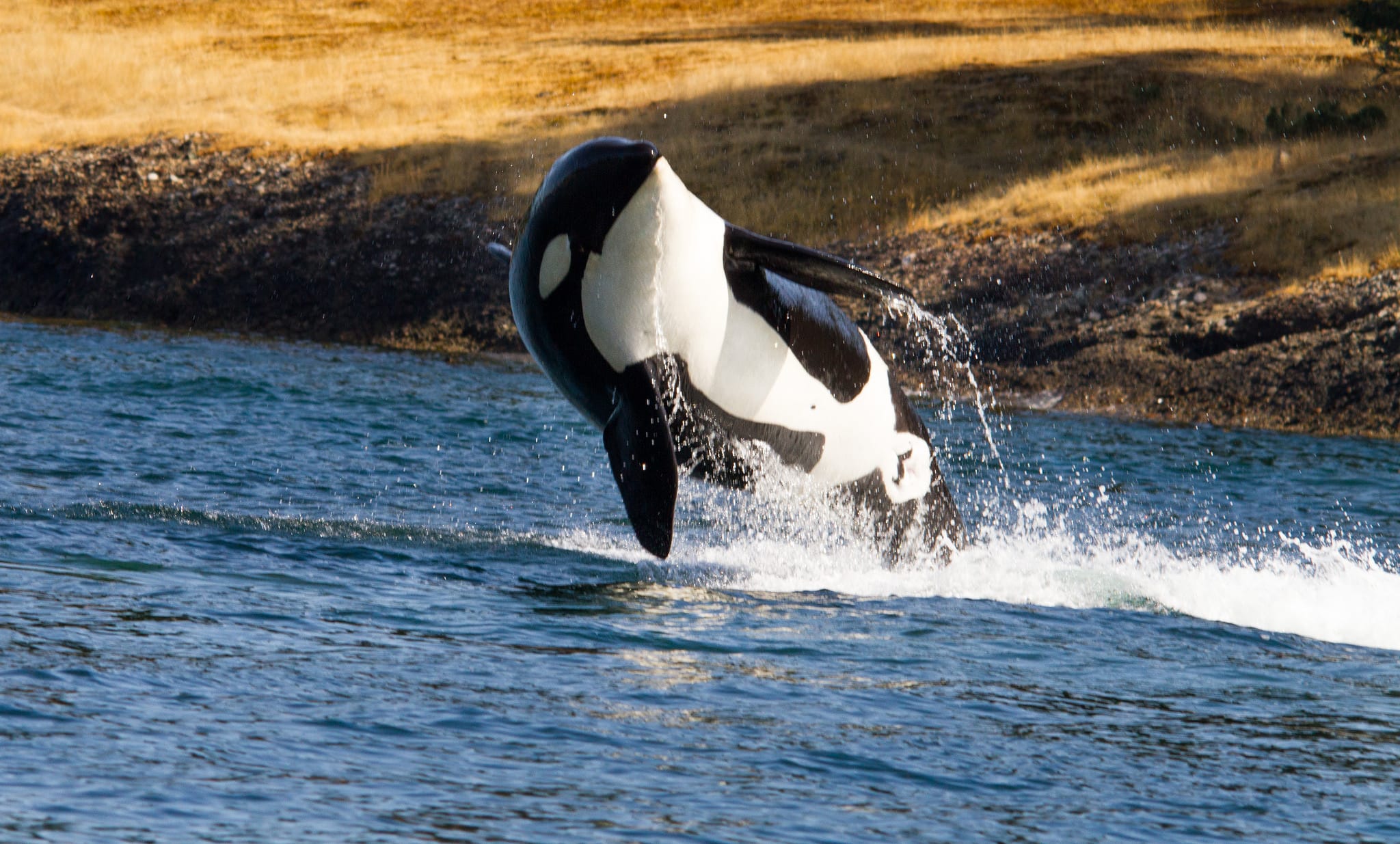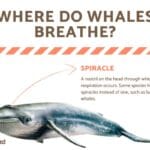Orcas, often called “killer whales” despite being the largest members of the dolphin family, are renowned for their speed and grace in the water. But just how fast can these ocean predators swim? Let’s dive into the science and research to uncover the truth behind their impressive aquatic abilities.
The Need for Speed: Understanding Orca Velocity
Outpacing the Competition: Top Speed and Bursts
Imagine a black-and-white torpedo, sleek and powerful, shooting through the water – that’s an orca at top speed. Researchers have clocked these marine mammals swimming as fast as 35 miles per hour, making them one of the ocean’s fastest animals. To put that in perspective, that’s about the speed of a car zipping down a highway! This incredible speed is a crucial advantage for orcas when pursuing swift prey.
Interestingly, orcas, like many predators, can likely achieve even faster bursts of speed during high-stakes hunts. While these bursts might be challenging to measure precisely, they suggest that the recorded top speed of 35 mph might not be the upper limit of their capabilities.
A More Relaxed Pace: Cruising Speed and Efficiency
While orcas are undeniably fast, they don’t live life in the fast lane all the time. Just like a car conserves fuel at lower speeds, orcas are more likely to be found cruising at a more leisurely pace of 2 to 6 miles per hour. This slower speed is ideal for covering long distances, such as during migration, without expending excessive energy.
Their streamlined bodies and powerful tails contribute significantly to their swimming efficiency, allowing them to glide through the water with minimal resistance.
Factors Influencing Speed: Not All Orcas Are Created Equal
Just as in the human world, not all orcas are Olympic swimmers. Several factors can influence an individual orca’s top speed.
Diverse Ecotypes: A Tale of Three Orcas
Did you know there are different types of orcas, called “ecotypes”? These ecotypes, including resident orcas that stick to familiar coastal areas, transient orcas that travel widely, and the less-studied offshore orcas, each possess unique hunting styles. It’s highly probable that these varying hunting styles, along with differences in prey preference and habitat, could lead to subtle variations in swimming abilities between the ecotypes. However, more research is needed to confirm these potential differences.
Age and Health: A Universal Factor
It probably comes as no surprise that, like most animals, a young and healthy orca will likely be a much faster swimmer than an older orca or one facing health challenges.
Prey on the Run: Adapting to the Menu
Imagine trying to catch a speedy rabbit versus a slow-moving turtle. You’d need different strategies and speeds to be successful. The same holds true for orcas. The speed and agility of their prey can significantly influence how fast an orca needs to swim for a successful hunt. A study published in the Journal of Experimental Biology found that orcas adjust their swimming speed and turning radius based on the evasive behaviors of their prey.
Measuring the Need for Speed: How Do Scientists Clock an Orca?
You might be wondering how scientists accurately measure the speed of an animal that lives underwater. It’s a significant challenge, but resourceful researchers have developed innovative methods:
High-Tech Tracking Tags: The Orca Fitbit
Scientists can carefully attach small, safe tags to orcas. These tags act like tiny computers, meticulously recording data on the orca’s movements, including their speed, dive depth, and even their location. This data provides invaluable insights into orca behavior and helps scientists understand how these animals use their speed in the wild.
Eyes on the Prize: Observations from Afar
While tracking tags offer incredible data, researchers can also track orcas through more traditional methods like observation from boats or land. By carefully observing how far an orca travels in a specific amount of time, they can estimate its speed. However, this method is generally less precise than using tracking tags.
Listening In: Acoustic Tracking
Scientists also use underwater microphones called hydrophones to listen for orca calls and sounds. By analyzing the frequency and timing of these sounds, researchers can track orca movements and even glean clues about their swimming speed. This method is particularly useful for studying orcas in deep water or when visual observation is challenging.
Orcas vs. Dolphins: A Family Affair
Since orcas are the largest members of the oceanic dolphin family, a common question arises: which is faster, an orca or a dolphin?
While the average orca cruises at a respectable 35 mph, the common dolphin can hit a zippy 37 mph. That’s not all; the real speed demon of the dolphin world, the bottlenose dolphin, has been clocked at an incredible 33.5 mph.
However, speed isn’t everything in the vast ocean. Dolphins, being smaller and more agile than orcas, are masters of maneuverability and quick bursts of acceleration. While an orca might win in a straight shot, a dolphin could easily outmaneuver it in a chase, especially in tight spaces. Think of it as comparing a powerful truck to a nimble sports car – each has its strengths depending on the race track!
The Fastest Swimmers in the Sea
While orcas are undoubtedly fast, the title of “fastest swimmer” belongs to another creature – the black marlin. This fish is built for speed and has been estimated to reach a mind-blowing 80 mph! Trailing closely behind is the sailfish, nearly matching the marlin’s incredible pace.
In the marine mammal category, Dall’s porpoises and orcas are neck and neck, both reaching an impressive 55 mph. However, it’s important to note that measuring animal speed in the wild can be tricky, and studies may yield varying results.
Orcas vs. Sharks: A Battle of the Titans
Orcas are often compared to another apex predator – sharks. While some sharks, like the shortfin mako, can reach speeds of up to 46 mph, outpacing orcas in a straight line, orcas possess an edge in maneuverability and intelligence. They are known to use sophisticated hunting strategies, often working together to take down prey much larger than themselves.
Unveiling the Mysteries: Ongoing Research
While our understanding of orca speed has grown significantly, there’s still much to learn about these amazing creatures. Ongoing research continues to unveil the complexities of their swimming abilities, social structures, and hunting techniques. Further exploration into the specific swimming capabilities of each orca ecotype, the impact of environmental factors on their speed, and the evolutionary adaptations that have made them such incredible swimmers will undoubtedly reveal even more fascinating insights into the lives of these magnificent creatures.
Do you know how long can orcas hold their breath? It’s much longer than you might expect! And how about sharks? Did you know they can have multiple rows of teeth at once? Find out how many rows of teeth do sharks have
- Unlocking Francis Alexander Shields’ Finance Empire: A Comprehensive Biography - July 12, 2025
- Unveiling Francis Alexander Shields: A Business Legacy - July 12, 2025
- Francis Alexander Shields’ Business Career: A Comprehensive Overview - July 12, 2025















